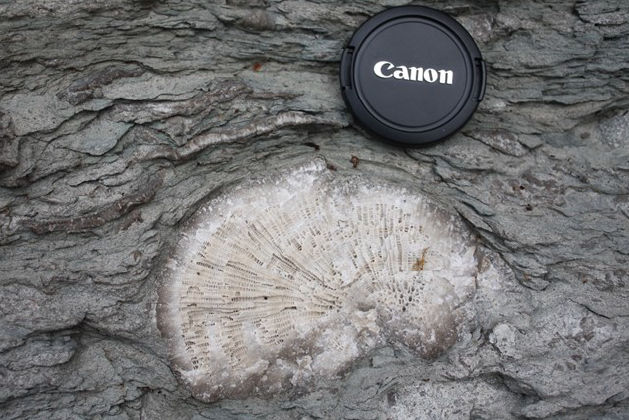
Dr James Wheeley, along with US and Canadian colleagues, has published findings of a project researching the state of global-ocean oxygenation 445 million years ago at the end of the Ordovician period when ~85% of marine species went extinct. The researchers used uranium isotopes of marine limestone from Anticosti Island, Gulf of St Lawrence, Canada, as a proxy for ocean redox conditions and found evidence of an abrupt global-ocean anoxic event coincident with extinction onset and its continuation after the biological recovery, through peak glaciation, and the following early Silurian deglaciation.
Their results also provide evidence for widespread ocean anoxia initiating and continuing during icehouse conditions. National Science Foundation funding and a NERC ion microprobe facility grant supported the research.
Follow the coverage on the University of New Mexico's website